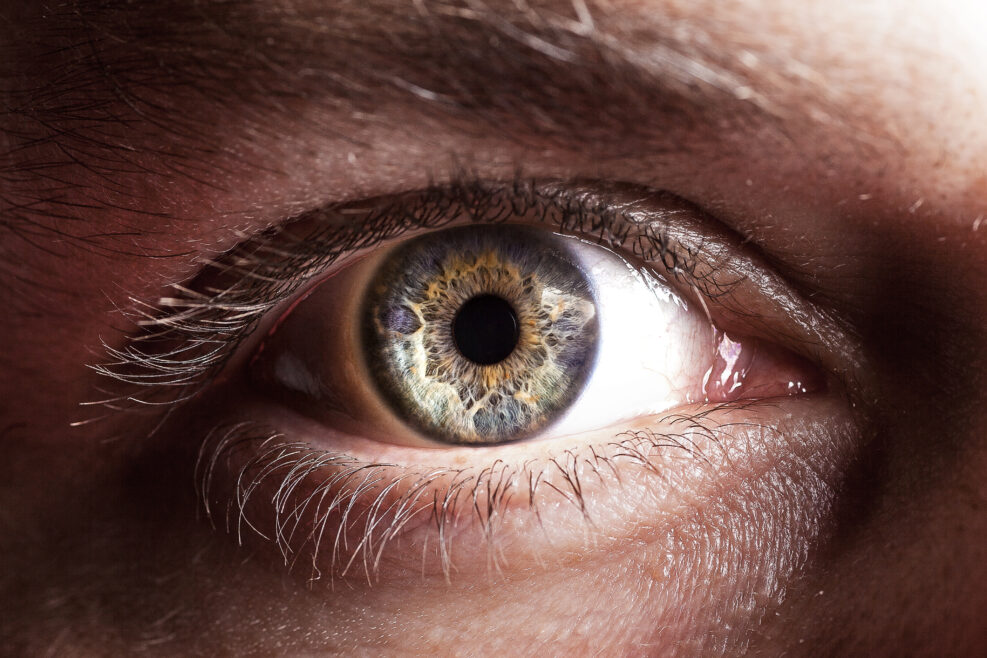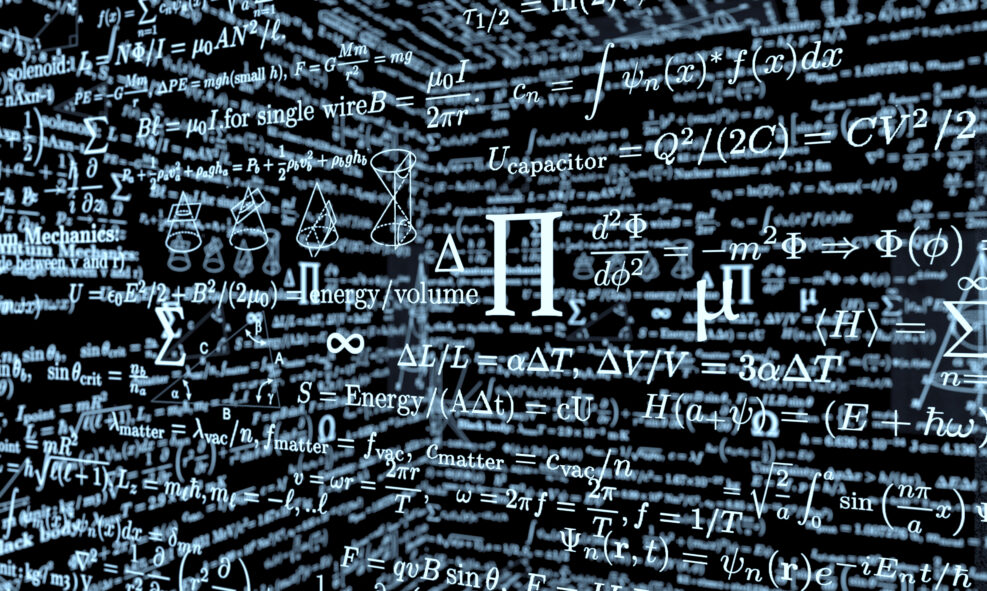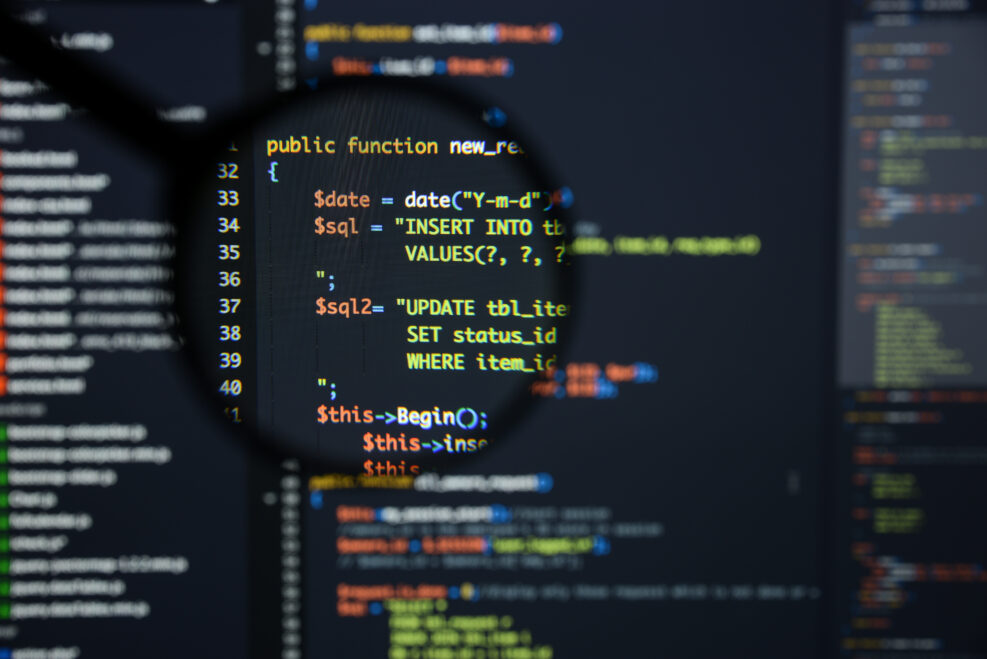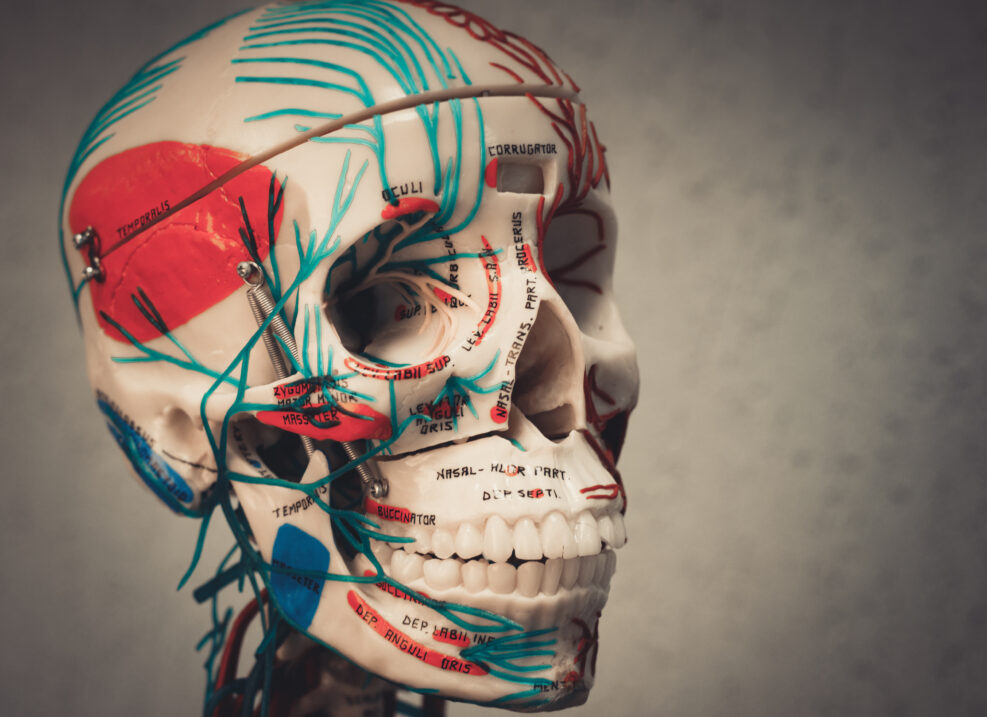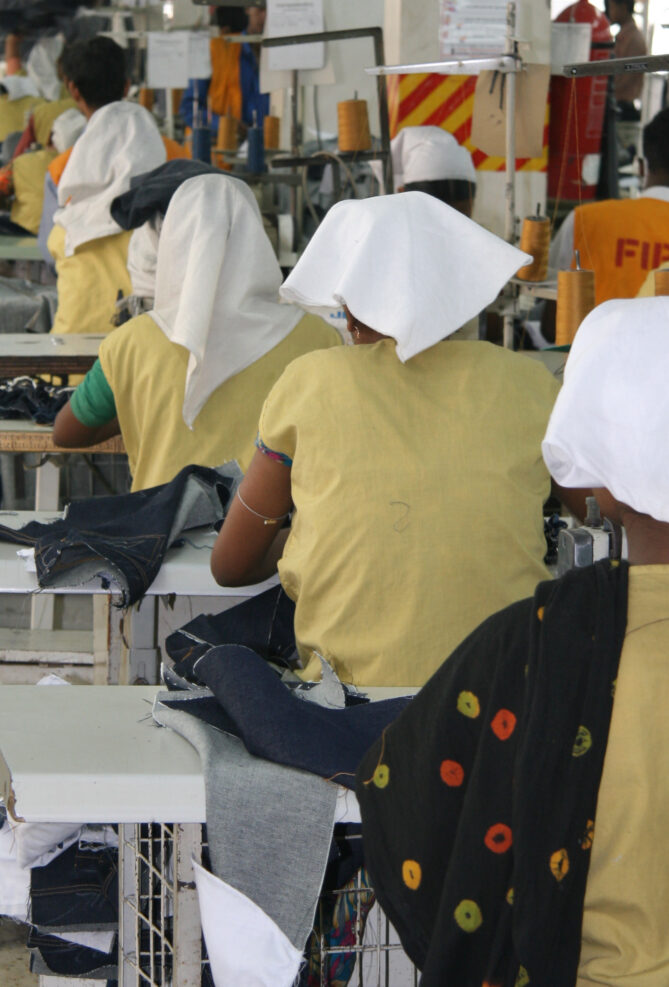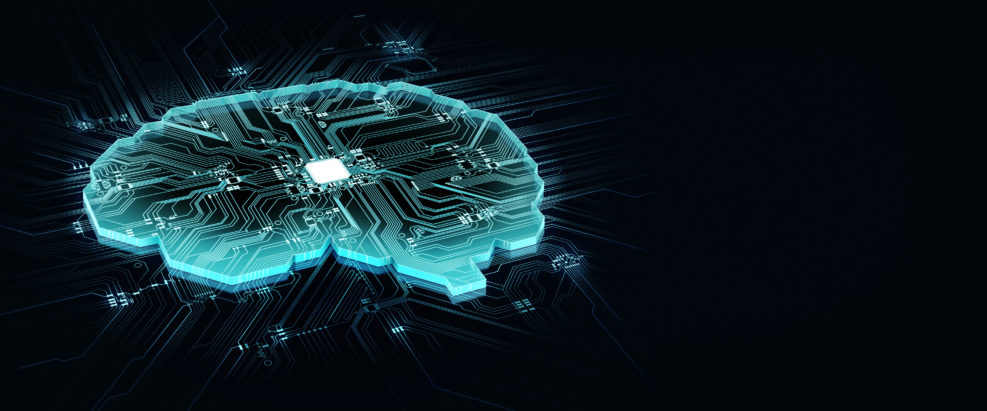
Why “the Mind Is Just a Computation” Is a Fatally Flawed Idea
Much modern neuroscience can be characterized as a collection of weak metaphors about the mind and brain. This is one of themThe computational theory of mind (CTM) is the theory that the mind is a computation (calculation) done by the brain. That is, the mind works by rule-based manipulation of symbols, which is what a computer does — computation. Thus our mental states are computational states. Several prominent philosophers have held this view, notably Hilary Putnam (1926–2016) and Jerry Fodor (1935–2017) , and more recently Matthias Scheutz, among several others. I believe that the computational model of the mind is fatally flawed. Here are some reasons: The most obvious reason is that all mental states have meaning — that is, they are intentional. Intentionality means that our thoughts are about something — there is always an object to which a thought Read More ›





